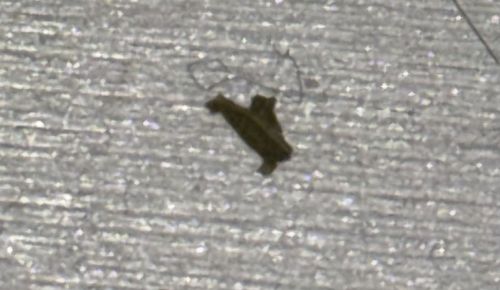Dust Mite
Scientific Name: Dermatophagoides spp. (e.g., Dermatophagoides pteronyssinus, Dermatophagoides farinae)
Order & Family: Order: Sarcoptiformes; Family: Pyroglyphidae (common house dust mites, e.g., Dermatophagoides pteronyssinus, Dermatophagoides farinae)
Size: Approximately 0.2-0.3 mm (0.008-0.012 inches) in length, making them invisible to the naked eye.

Natural Habitat
Dust mites are microscopic arachnids that live in dust in homes and other indoor environments. They are commonly found in mattresses, pillows, carpets, upholstered furniture, curtains, and bedding, as these areas provide ample food and suitable humidity.
Diet & Feeding
Dust mites primarily feed on dead skin cells (dander) shed by humans and pets. They also consume other organic detritus found in dust, such as pollen, fungi, and bacteria.
Behavior Patterns
Dust mites thrive in warm, humid environments and feed on organic detritus. They are most active at night when people are in bed. They do not drink water but absorb moisture from the air. Their life cycle lasts about 2-3 months.
Risks & Benefits
Potential Risks: Dust mites are a common trigger for allergies and asthma. Their droppings and body fragments contain proteins that can cause allergic reactions in sensitive individuals, leading to symptoms such as sneezing, runny nose, itchy eyes, skin rashes, and breathing difficulties. They do not bite or transmit diseases. Potential Benefits: They play a role in the decomposition of organic matter in indoor environments, breaking down dead skin cells.
Identified on: 8/29/2025